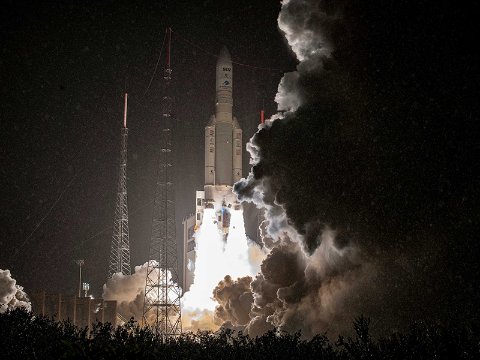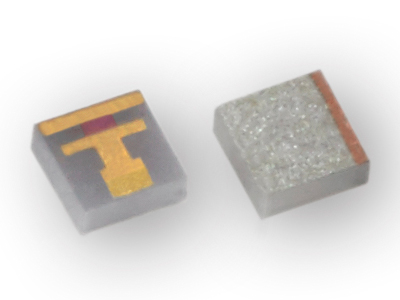- 2-port Ku-Band isolated splitter
- Operating from 10.7 to 12.8 GHz
- Return loss all ports 18 dB min
- Low insertion loss, <1.4 dB over temperature
- Independently isolated outputs
- Field replaceable SMA connectors
- EMC shielded, RoHS stackable housing
- Factory configuration to operate as a combiner or a
splitter - Qualified in accordance with a generic environmental test sequence. Test report available on request
| Waveguide Aperture | Insertion Loss [dB] | Return Loss [dB] | In-line Launch Connector | Orthogonal Launch Connector | Isolated Transitions Available |
| WR284 | 0.12 | 23 | TNC/N | TNC/N | ✓ |
| WR229 | 0.12 | 23 | TNC/N | TNC/N | ✓ |
| WR159 | 0.12 | 23 | TNC/N | TNC/N | ✓ |
| WR137 | 0.12 | 23 | TNC/N | TNC/N | ✓ |
| WR112 | 0.12 | 23 | TNC/N/SMA | TNC/N | ✓ |
| WR90 | 0.15 | 23 | SMA/TNC | SMA/TNC | ✓ |
| WR75 | 0.15 | 23 | SMA/TNC | SMA/TNC | ✓ |
| WR62 | 0.15 | 23 | SMA | SMA | ✓ |
| WR51 | 0.15 | 23 | SMA | SMA | ✓ |
| WR42 | 0.15 | 23 | SMA | SMA | ✓ |
| WR34 | 0.15 | 23 | 2.9 mm | 2.9 mm | ✓ |
| WR28 | 0.15 | 23 | 2.9 mm | 2.9 mm | ✓ |
| WR22 | 0.20 | 23 | 2.9 mm | 2.9 mm | ✓ |
he SpaceNXT™ MWC Series is a 2-way Ku-Band isolated splitter that operates from 10.7 to 12.8 GHz. The current solution is qualified to operate in Ku-Band frequencies, however the processes and package are suitable from S to K-Band using a suite of existing modular designs. MWC Series is ideally designed to offer the commercial satellite uplink band (downlink also available) with specific attention to achieving phase stable output amplitude characteristics. It is suitable for a variety of space application from MEO/GEO satellites to deep space probes.
The MWC isolated splitter Series offers a compact and low mass structure featuring field replaceable connectors that can be adapted for alternative mechanical or electrical arrangements. It provides an insertion loss under 1.4 dB and ad inter channel isolation of 35dB. The devices are housed in an EMC shielded, RoHS compliant stackable aluminum casing and offer a factory configurable solution to operate as a combiner or a splitter.
Testing is performed in house and in compliance with general space qualification flows, incorporating industry standard environmental requirements or custom screening and qualification flows provided by users as preferred.





